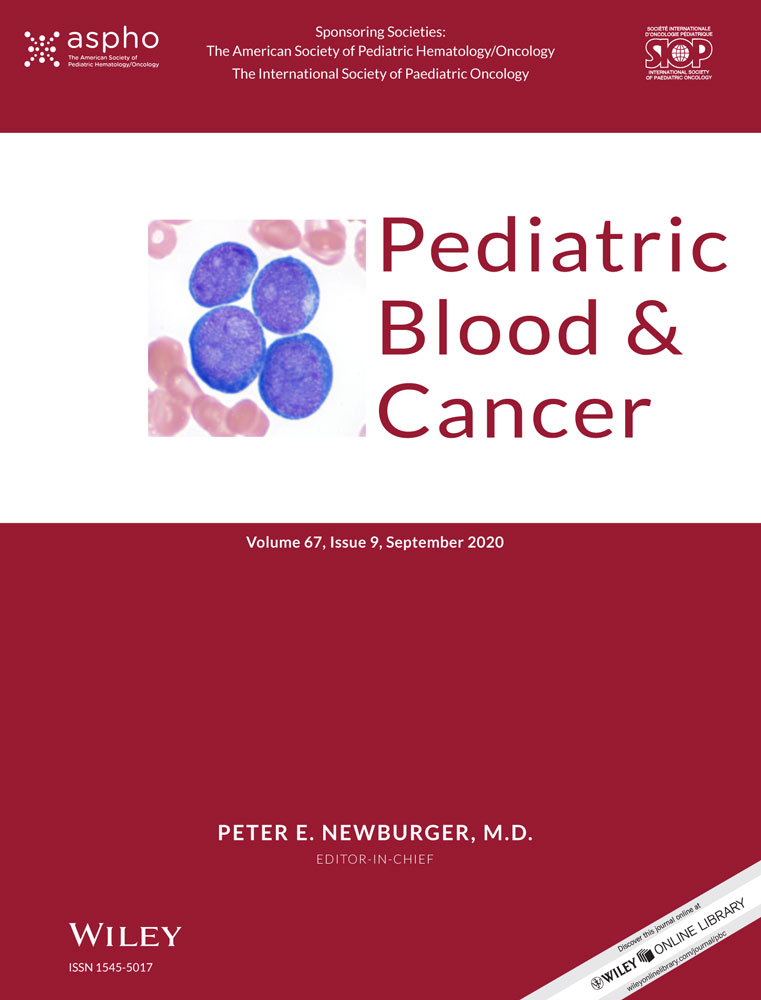Tumor rupture in hepatoblastoma: A high risk factor?
Presented at the SIOP 2016 meeting.
Abstract
Background
Hepatoblastoma tumor rupture is a high-risk criterion in the SIOPEL 3/4 protocol. Little is known about the outcome of these children.
Methods
Radiological signs of possible tumor rupture, defined as peritoneal effusion, peritoneal nodules, or hepatic subcapsular hematoma, were reported in 24 of 150 patients treated for hepatoblastoma in France from January 2000 to December 2014 after central radiological expert review.
Results
Twenty-two patients with available clinical data were included (nine PRETEXT-I/II, six PRETEXT-III, seven PRETEXT-IV, and five had lung metastases). Five patients had a subcapsular hematoma only, and 17 patients had intraperitoneal rupture (subcapsular hematoma and peritoneal effusion). A hepatic biopsy was performed in 19 patients. Intraperitoneal rupture occurred before biopsy in 12 and after biopsy in three (including one with prebiopsy subcapsular hematoma) (missing data: two). All patients were treated with chemotherapy, with high-risk regimens including cisplatin or carboplatin and doxorubicin in 19 and cisplatin or carboplatin alone in three. Liver surgery was performed in 20 patients (including three liver transplants). Fifteen patients (68%) achieved complete remission. With a median follow-up of 5.5 years, 11 events occurred (six progressions and three relapses, including three peritoneal progressions/relapses, one surgical complication, and one second cancer) and eight patients died. One of eight patients with no other high-risk criterion had a relapse. The three-year event-free survival and overall survival rates were 49.6% (95% CI = 30-69) and 68.2% (40-84), respectively.
Conclusions
Tumor rupture is predictive of poor prognosis with risk of peritoneal progression/relapse. However, it should not be a contraindication for liver transplantation.
CONFLICTS OF INTEREST
All the authors declare that they have no conflict of interest.




